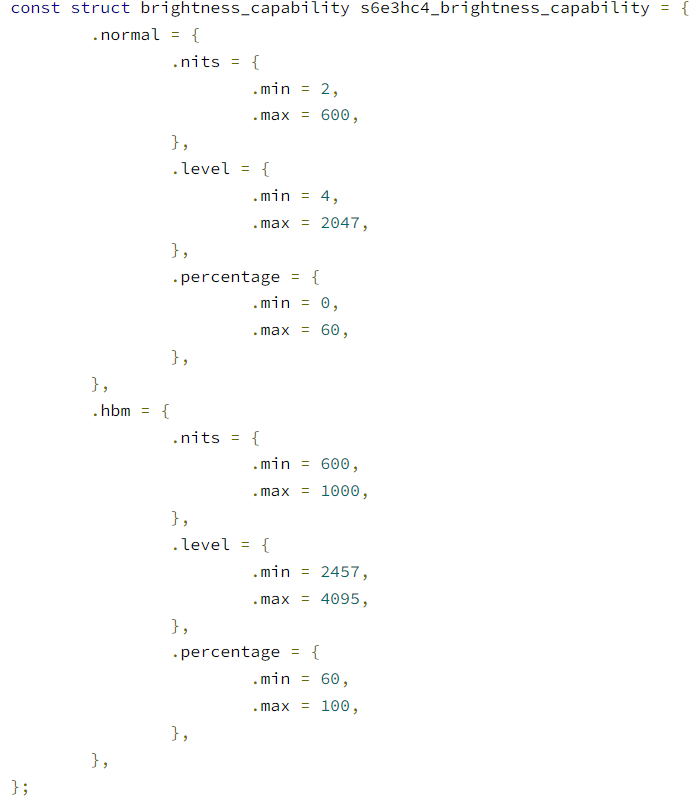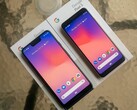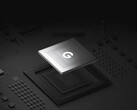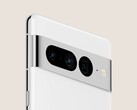Yesterday, we reported that Google could be planning to equip the Pixel 7 Pro with a new Samsung display than the one used in the Pixel 6 Pro. Although the new panel, S6E3HC4, will retain last year's 3,120 x 1,440-pixel resolution, Mishaal Rahman and Dylan Raga have noticed a few changes.
Incidentally, Google has already added references to the Samsung S6E3HC4 in its Android source code. According to a Google Git page, the Samsung S6E3HC4 will allow the Pixel 7 Pro to peak at 600 nits with manual brightness enabled. In comparison, the Pixel 6 Pro could only reach 500 nits. Similarly, there is a bump in maximum high brightness mode (HBM) luminosity, up from 800 nits to 1,000 nits. Rahman notes that this HBM value represents 100% APL, so the Pixel 7 Pro could achieve over 1,200 nits at a lower APL value.
Those sound like decent generational improvements that Google will market when it launches the Pixel 7 Pro. However, the iPhone 13 Pro achieves 850 nits manually; presumably, the iPhone 14 Pro will be brighter still. Incidentally, the Pixel 7 Pro will only be able to vary its refresh rate between 10-120 Hz, no change from the Pixel 6 Pro. Many Android flagships have since moved on to restricting their displays to 1 Hz, yielding reduced power consumption as a result.
So far, Google has only teased the Pixel 7 series at I/O 2022 in May, where it also mentioned an autumn release date. Other details have not been confirmed yet, although there have been some suggestions that the Google Tensor 2 will retain its predecessor's ARM Cortex-A55 CPU cores and 4+2+2 core structure.






















